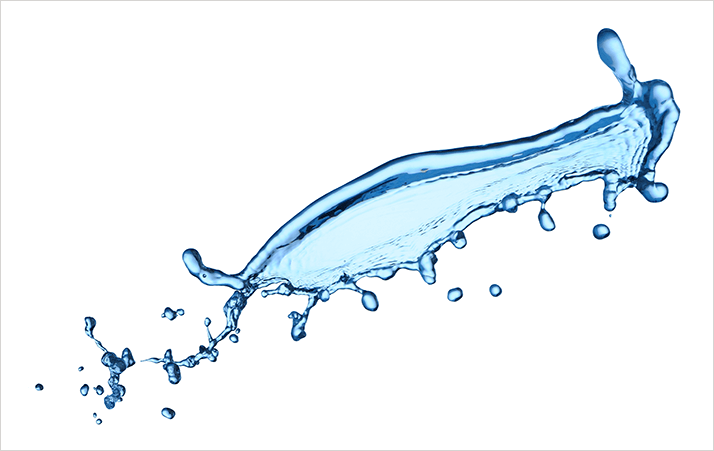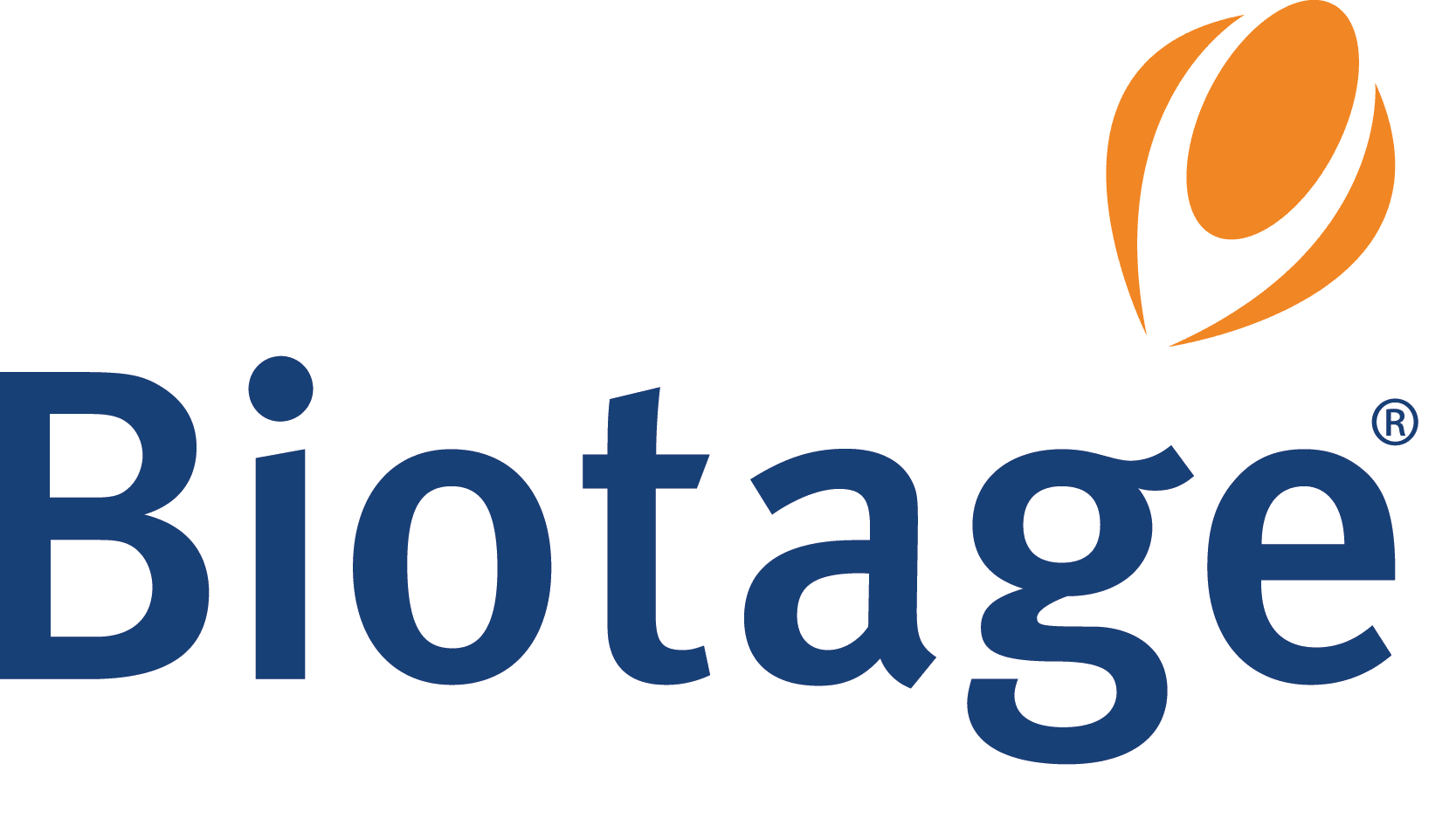Summary
An affordable, high efficiency Yarra GFC column was recently introduced and is significantly more efficient than other GFC columns on the market. In addition to higher efficiency, Yarra columns demonstrate significantly higher inertness to ionic interactionsversus other GFC columns; however, such chemical characteristics require optimization to operating parameters. In particular, salt and buffer concentration can have a significant impact on secondary interactions which can influence GFC separations. Performing method development through mobile phase composition using next-generation Yarra GFC columns will be discussed.


Introduction
Gel filtration chromatography (GFC) is a technique focused on separating proteins based on their size in solution (which directly correlates to their molecular weight). This makes GFC particularly useful for quantitating protein aggregation state as well as post translational modifications that impact solution structure.1 Despite being a seemingly simple isocratic separation method there are several critical parameters in optimizing separation methods for specific proteins. Buffer and salt concentrations of the mobile phase can have a significant impact on the retention and resolution of many proteins (especially basic and hydrophobic proteins) and optimization strategies for GFC will be discussed.2
Materials and Methods
GFC standards using various proteins and void markers (thyroglobin, IgA, IgG, ovalbumin, myoglobin, lysozyme, and uridine; Sigma Chemical, St. Louis, MO, USA) were used to evaluate secondary interactions of the stationary phase as well as determine molecular weight linearity. Isocratic HPLC runs were performed on an Agilent® 1100 with autosampler, UV detector, and ChemStation ™ software (Agilent Technologies, Palo Alto, CA, USA). HPLC columns used for GFC studies were Yarra 3 μm SEC-2000 and Yarra 3 μm SEC-3000 (300 x 7.8 mm dimension; Phenomenex, Torrance, CA, USA). Columns were run at ambient temperature and at a flow rate of 1.0 mL/min unless otherwise noted. Mobile phase buffer composition is listed in specific figures.





